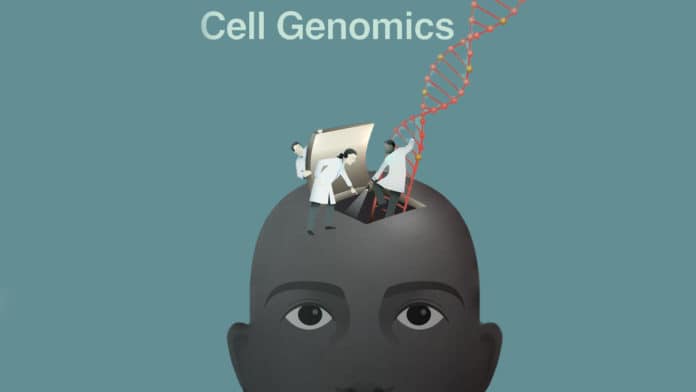Single-cell technologies measure unique cellular signatures but are typically limited to a single modality. They work by extracting DNA, RNA, or chromatin from a cell’s nucleus.
Although, these methods destroy the cell in the process. Hence, scientists need to depend on computational algorithms to analyze more than one of these components per cell or compare the results.
To address this issue, scientists at Salk Insitute have developed a new genomic technology to simultaneously analyze the DNA, RNA, and chromatin from a single cell. This new technology called snmCAT-seq could also better understand how genes and cells interact to cause neurodegenerative diseases.
Joseph Ecker, director of the Genomic Analysis Laboratory, the Salk International Council Chair in Genetics, and Howard Hughes Medical Institute Investigator, said, “This multimodal platform is going to be useful by providing a comprehensive database that can be used by the groups trying to integrate their single-modality data. This new information can also inform and guide future cell-type classification.”
Scientists tag DNA, RNA, and chromatin using biomarkers without removing them from the cell. Doing so enabled them to measure all three types of molecular information in the same cell.
Using this method, scientists identified 63 cell types in the frontal cortex region of the human brain. They found that the technology benchmarked the efficacy of computational methods for integrating multiple single-cell technologies.
The technology could also better understand how genes and cells interact to cause neurodegenerative diseases.
Co-first author Chongyuan Luo, assistant professor of human genetics at the David Geffen School of Medicine at UCLA, said, “These diseases can broadly affect many cell types. But there could be certain cell populations that are particularly vulnerable. Genetic research has pinpointed the regions of the genome that are relevant for diseases like Alzheimer’s. We’re providing another data dimension and identifying the cell types affected by these genomic regions.”
Scientists are planning to use the new platform to survey other brain areas.
Journal Reference:
- Chongyuan Luo et al. Single nucleus multi-omics identifies human cortical cell regulatory genome diversity. DOI: 10.1016/j.xgen.2022.100107
